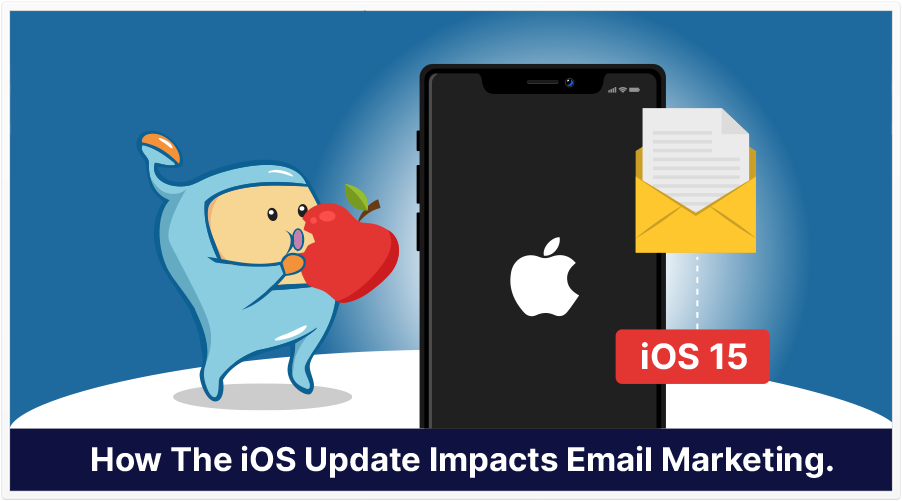
The name that embodies these changes is Mail Privacy Protection, which the industry believes will launch later in 2021.
Why will this pose a big challenge to serious email marketers (and email automation providers)?
Well, let’s take a step back.
For years, email marketers have been able to track open rates, which can be said to be a percentage of recipients who opened that email. (That said, accuracy is another question, but we’ll leave that for now.)
Anyway, one technique that has made his possible are tracking pixels.
Basically, when an email is opened, the contents of that email (not neccessarily any attached files, but the contents of the main body) are also opened (activated). If tracking pixels are among those, then they get activated, and counted as an open.
Well, my understanding is that with the upcoming iOS change, every tracked email sent to an Apple Mail user (regardless of whether or not an individual actually opens the email) will, on the sender’s side, register as an open.
That’s because before the sender sees the email, it will have already been “opened” (so to speak) by Apple’s server, then sent to the receiver.
Apple does this to protect the privacy of it’s users. By acting as a “wall,” or gatekeeper, the tracking pixels record the “open” when the email reaches Apple’s server. Because it reaches Apple’s servers first, any tracking (opens, IP addresses) will register via Apple, not the intended end-recipient.
So, let’s say that a good portion of your email list are Apple Mail users. Let’s say it’s…35%.
And of those 35%, let’s say that half of them have this feature activated.
So, you send out an email to your list of 1,000 recipients, 350 of which are Apple Mail users (and thus, 175 have Mail Privacy Protection activated).
Then theoretically, within seconds (or minutes) of your email going out, your email automation solution (or autoresponder) might show that you have have 175 opens, or a 17.5% open rate…within a few minutes!
But, of course, that’s not the case.
Hopefully, you can see how this is a big challenge for email marketers and autoresponder companies.